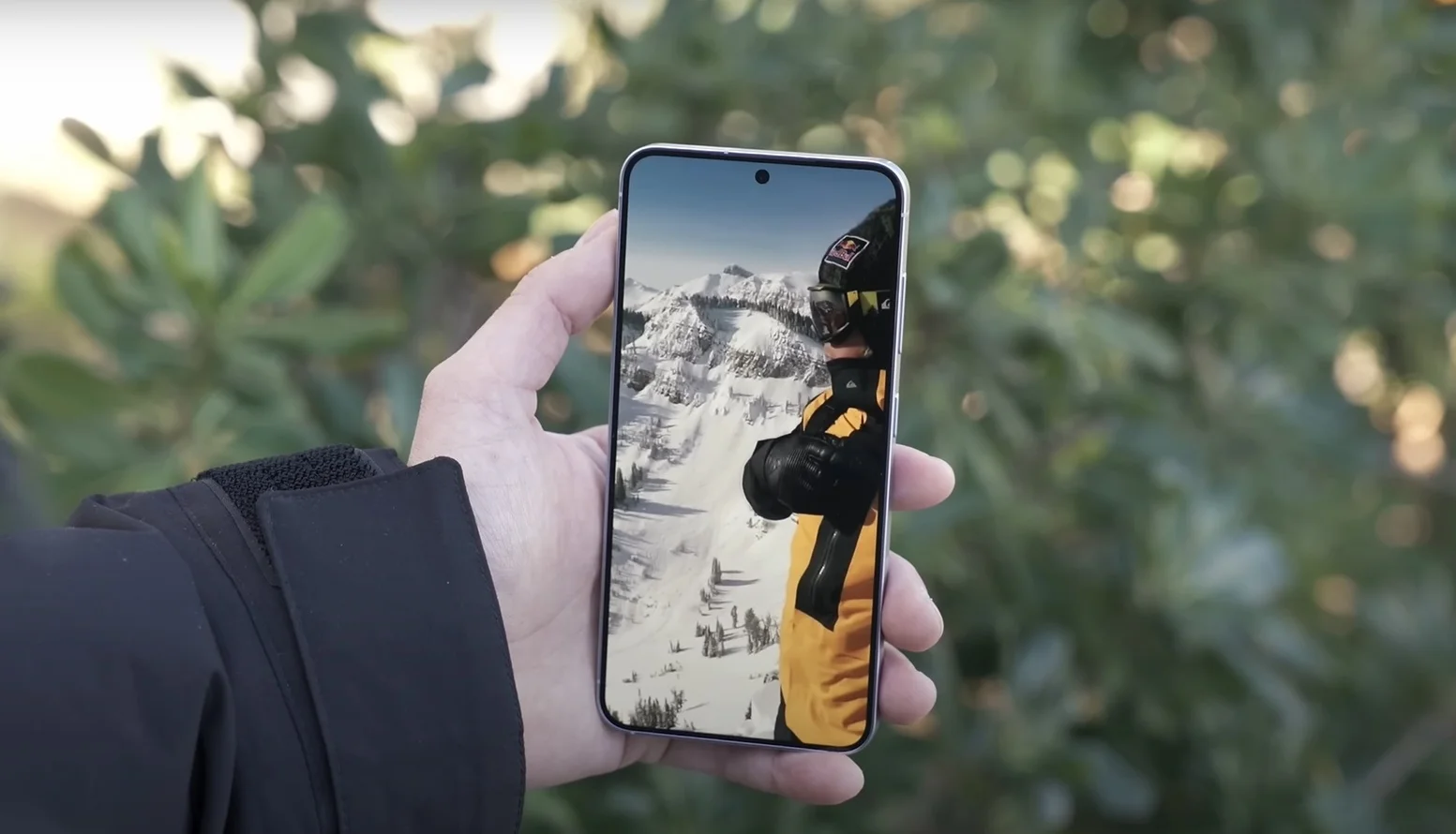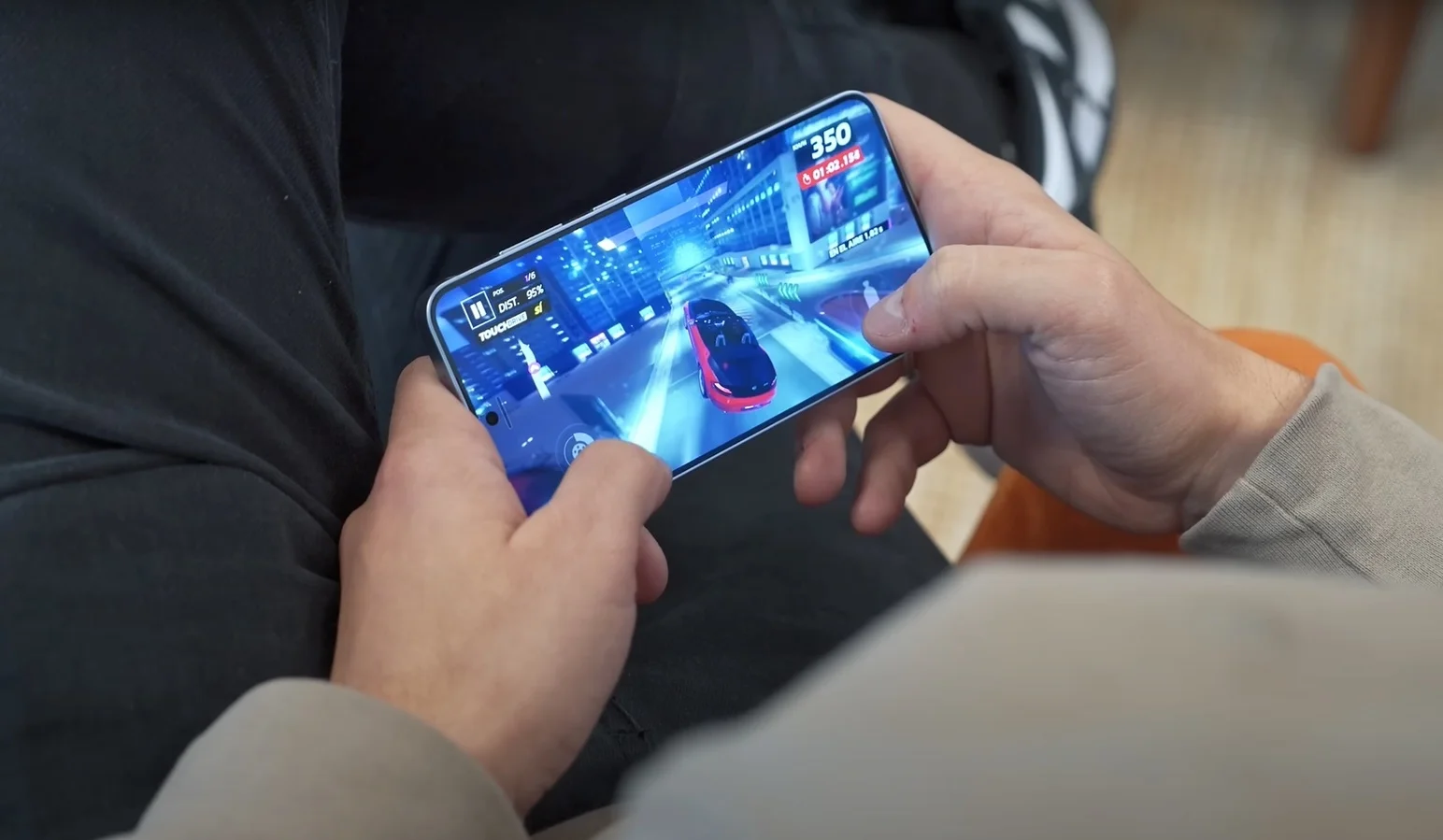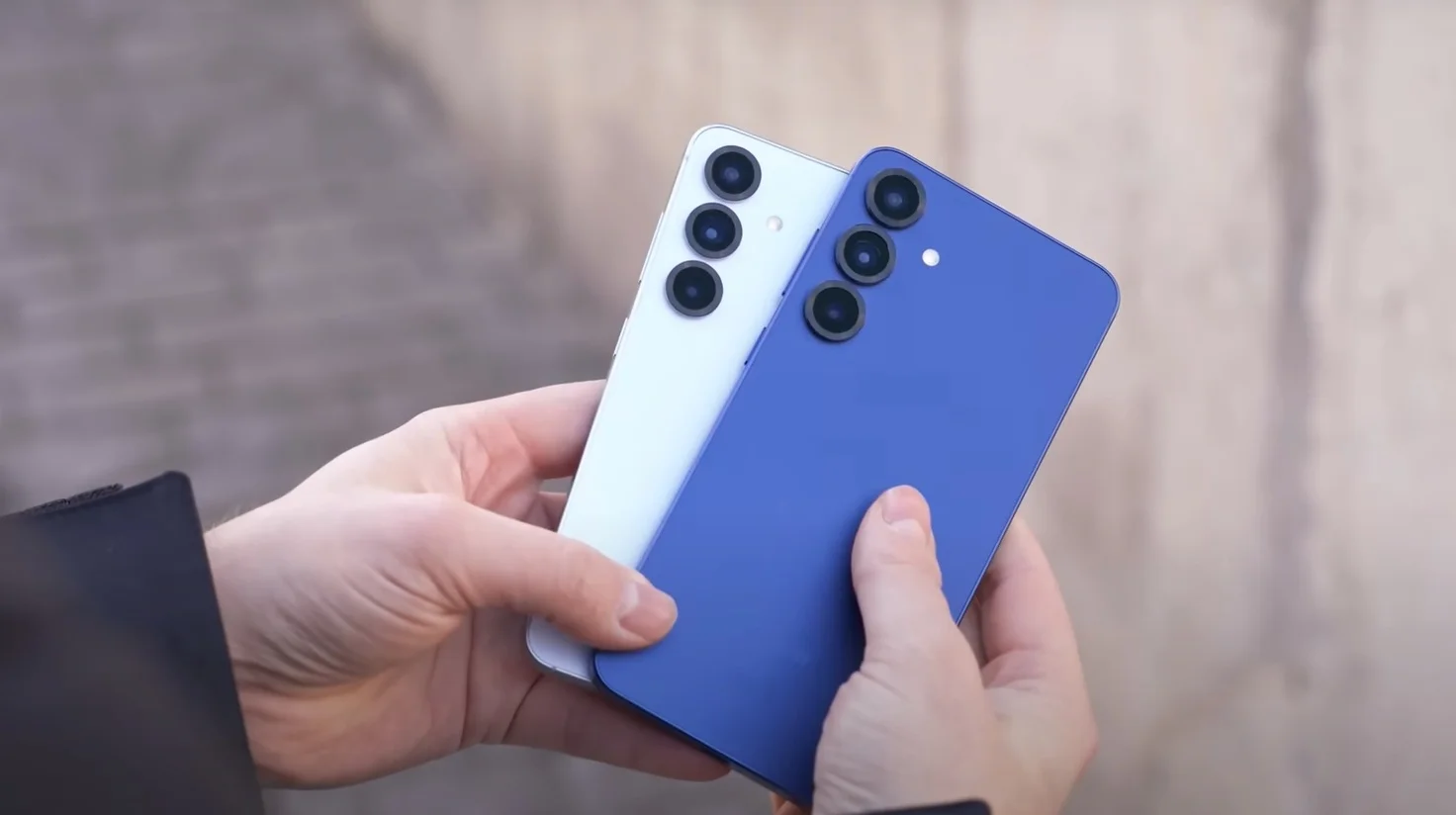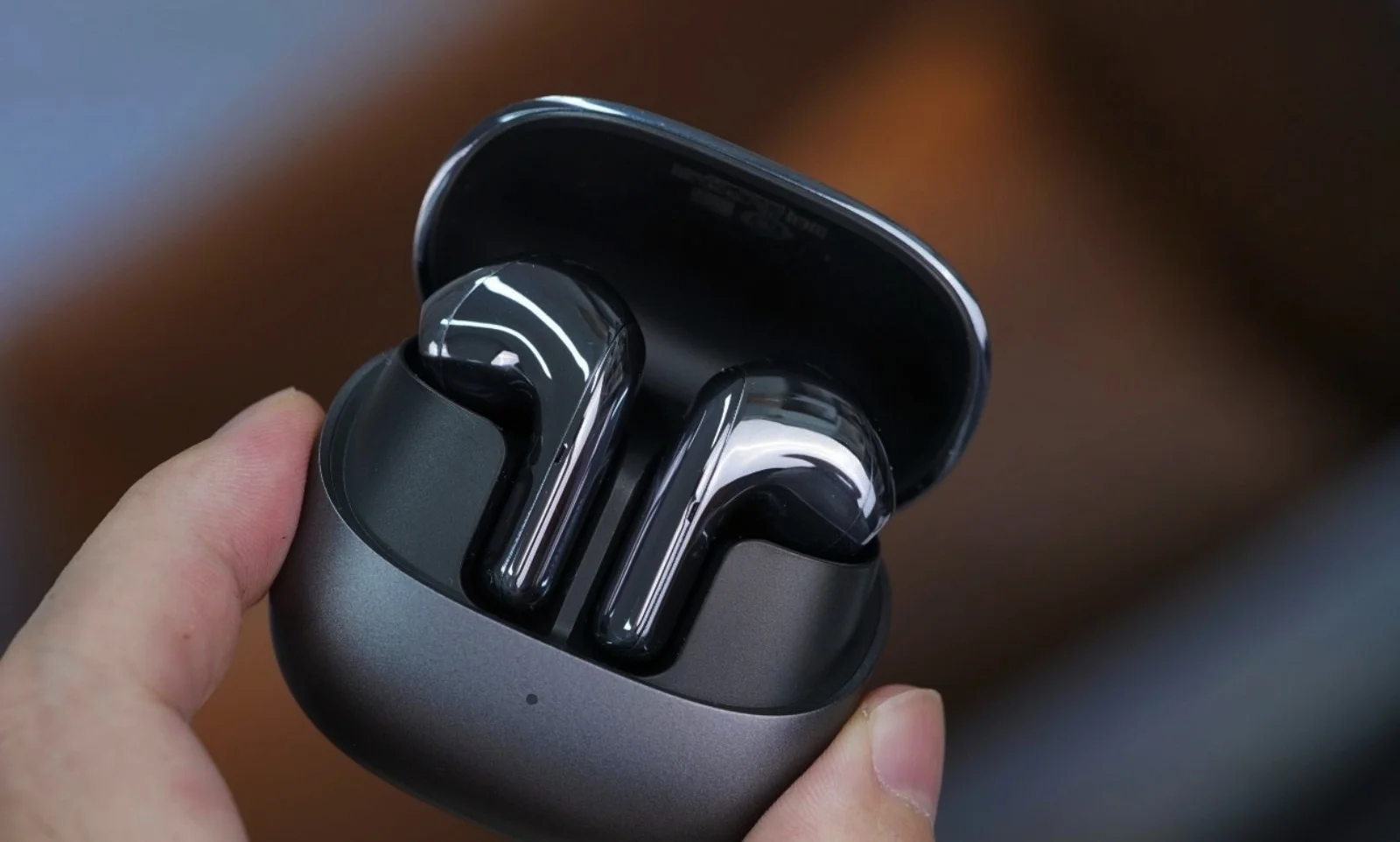I tried out the first ultra-lightweight mobile phone, the Samsung Galaxy S25 Edge, for a week: its design marks a turning point and sacrifices less than I thought it would.
As with foldable smartphones, the era of ultra-thin mobile phones has begun, and as in 2019, the same brand is once again in the spotlight with the launch of the Samsung Galaxy S25 Edge.
This smartphone, which is part of Samsung’s high-end S25 series, has revolutionized mobile phone design, which had been stagnant for years, with one distinguishing feature: it is only 5.8 millimeters thick and weighs 163 grams, even though its screen is normal size.
I’ve been testing the Galaxy S25 Edge for a week, after it went on sale in Spain for €1,259, and I’ve been able to see the advantages and disadvantages of this new compact format.
Is the Samsung Galaxy S25 Edge worth buying?
Contrary to what you might expect, it doesn’t feel like a first-generation ultra-thin phone, as it’s a 100% finished product and I find it just as recommendable as the rest of the S25 series, which is saying something, with great performance and camera. The thinner format is much more noticeable in your hand than it appears in pictures, so I encourage you to check it out in person first if you’re thinking of buying it.
I think it’s one of the best solutions found so far to the problem of making phones more compact without losing functionality. I love how easy it is to carry around, although today it means spending more and losing battery life and camera quality, less than I expected, but it’s still something to keep in mind.
Design and screen: its lighter weight and thickness are a game changer

This Samsung Galaxy S25 Edge stands out for its compact design. I can confirm that it’s not just marketing and that it’s clearly the thinnest phone on the market today, by a long shot.
Its flat 5.8 mm edges are what impress me the most. Something that I don’t think will surprise you.
I must admit that after a week I still feel a little afraid that it will slip out of my hand because it’s so thin, especially when holding it with one hand, perhaps because of the metal edges, but this gives it a greater feeling of solidity. At 163 grams, it’s also the lightest you can buy, even though it doesn’t skimp on the screen.
Carrying the S25 Edge in your pocket is a little easier, especially if, like me, you carry other things with your phone, such as wireless headphones. I do recommend using it without a case or choosing one very carefully, because its unique feature could be lost for this reason.
The 5.8 mm that Samsung boasts is a bit of a trick, because it doesn’t take into account the camera, both the module and the sensors, which together are almost as thick as the phone itself. This makes it extremely unstable when placed on a surface, although this is something that also happens with phones that are not ultra-thin.
In other respects, the new smartphone reminded me a lot of the rest of the family, especially one of the best of the year, the S25 Ultra, with its one-piece design, flat metal edges, and slightly rounded corners, but with a very robust look.
I tested the model in titanium silver, which I liked for its solid, metallic-looking back with a pleasant, robust feel, although it does show fingerprints slightly. Those who prefer other colors can choose from two other titanium options: light blue and black.
The S25 Edge’s screen is the same as the Galaxy S25+, and I must admit that I found it to be a panel worthy of the high-end and the price of the phone, which at $1,259 is by no means cheap.
With an ultra-thin bezel design that takes up almost the entire front, its 6.7-inch panel is the same size as a normal phone. It’s an excellent way to consume content, with very good resolution and great color reproduction thanks to HDR10+ support.
I like that it’s a screen with a very high maximum brightness of 2,600 nits. It’s not the highest available at the moment, but it does allow you to see content quite clearly outdoors, even on sunny days.
In terms of connectivity, with dual SIM, eSIM support, 5G data, Bluetooth 5.4 and WiFi 7, I think it’s hard to find anything more advanced at the moment, and it’s been fast and convenient for everything.
Performance, battery, and software: no compromise on power, but some on battery

Despite being a featherweight, Samsung’s device has surprised me with its great performance, which is on par with the current high-end range except for the battery, which has exceeded my expectations.
The South Korean brand has opted for the same chip as the S25 series, Qualcomm’s Snapdragon 8 Elite, currently the most powerful in the Android ecosystem. It needs no introduction, and its internal power in this Galaxy Edge has been so high that I forgot about its ultra-lightweight format.
The smartphone flies through any task I’ve put it through, whether it’s processing high-resolution videos or running dozens of apps in the background. I was also impressed by its graphics performance, as I was able to play games like Pokémon Unite for long 10-minute sessions without it overheating, thanks to Samsung somehow managing to fit a vapor chamber inside.
Its software is undoubtedly an ally in this good performance. It runs on the OneUI 7 interface based on Android 15, and not only does it have 7 years of updates, but the step forward in the system is more than evident in terms of fluidity and advanced graphics.
Galaxy IA has become the big draw of this system, and the truth is that today I think it’s a step ahead of both the rest of Android and Apple Intelligence, both in terms of advanced features and the option to configure all data to be processed without leaving your device if you’re concerned about privacy.
The new feature is the Now brief tips, which haven’t helped me much, but I did love features such as the note assistant, call assistant, and interpreter, as well as other more creative ones such as assistance with photos or drawings through artificial intelligence.
The battery is the S25 Edge’s Achilles heel, with a capacity of 3,900 mAh, compared to the 5,000 mAh that has been standard in Android for more than five years. The data is clear, but the question you’re probably asking yourself is: to what extent is this a problem in terms of use?
Well, despite my initial skepticism, I’m pleasantly surprised by its everyday use. Although its 25 W means it takes a long time to charge (it took me 66 minutes to go from 20% to 100%) and, of course, the charger is not included in the box, I haven’t had any problems getting through the day this week, with the battery always above 20%.
However, my usage has been somewhat lower than normal, and on the most intense days, I suspect that you might run out of battery, but it has certainly been much better than I initially expected.
Camera and sound: small but powerful

Samsung’s new device comes with the most modest camera setup in the S25 family, with only two rear sensors. It’s the most limited in terms of hardware, but I found the results to be excellent in most cases.
Before going into detail, here are the Samsung Galaxy S25 Edge’s image lenses:
200 MP main rear camera (f/1.7) (wide), 1/1.56″, PDAF, OIS.
12 MP ultra-wide angle (f/2.2).
12 MP punch-hole selfie camera (f/2.2).
I was a little worried that the 200 MP main camera, the same as the S25 Ultra, wouldn’t stand up to the ultra-wide angle. I have to admit that the secondary lens takes decent photos in terms of both detail and aesthetics that stand up to comparison with the magnificent 1x sensor.
The look of the image is unmistakably very Samsung: saturated colors, especially the blues of the sky. In the wide angle, the distortion of shapes in the corners is evident but tolerable. Overall, I was surprised by the good photos I took, despite the more limited hardware.
Unlike its siblings, the S25 Edge does not have a telephoto lens, so there are two areas where its camera is particularly inferior: zoom and portraits.
The Samsung Galaxy S25 is better than I expected

The Samsung Galaxy S25 is an impressive addition to the high-end smartphone lineup, offering a premium experience in both performance and innovative features. Its powerful processor, 120Hz Dynamic AMOLED 2X display, and 5G support make it an ideal choice for demanding users looking for smooth navigation, high-quality gaming, and effortless multitasking.
The camera, with notable advances in night photography and video capabilities, keeps Samsung at the forefront of mobile photography, delivering exceptional results for both beginners and photography enthusiasts. The battery, while improved over previous models, remains an area where some users might expect more autonomy, especially in a device of this caliber.
The sleek design and high-quality materials are hallmarks of the Galaxy S range, with a water- and dust-resistant chassis that provides a premium feel of durability. However, the high price tag could be a deciding factor for those looking for similar features at a more affordable cost.
In summary, the Samsung Galaxy S25 is an excellent choice for those looking for a high-performance device with an attractive design and cutting-edge features. While the price may be a challenge for some, the quality and advanced features justify the investment for users seeking the best in mobile technology. It is undoubtedly a benchmark in the high-end smartphone market.




